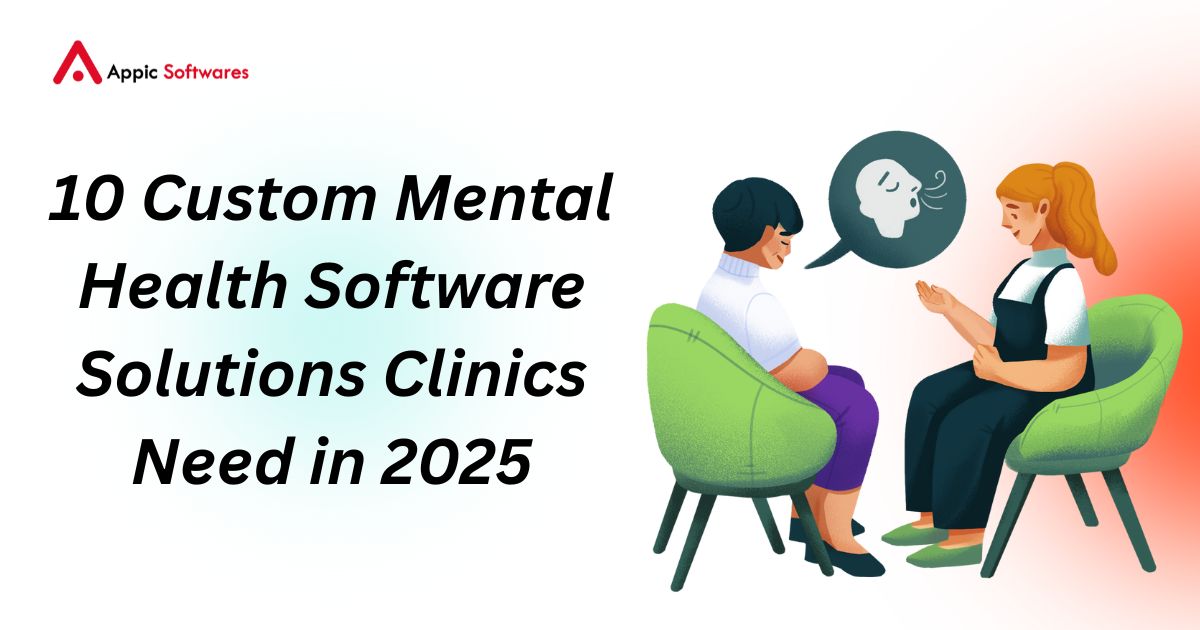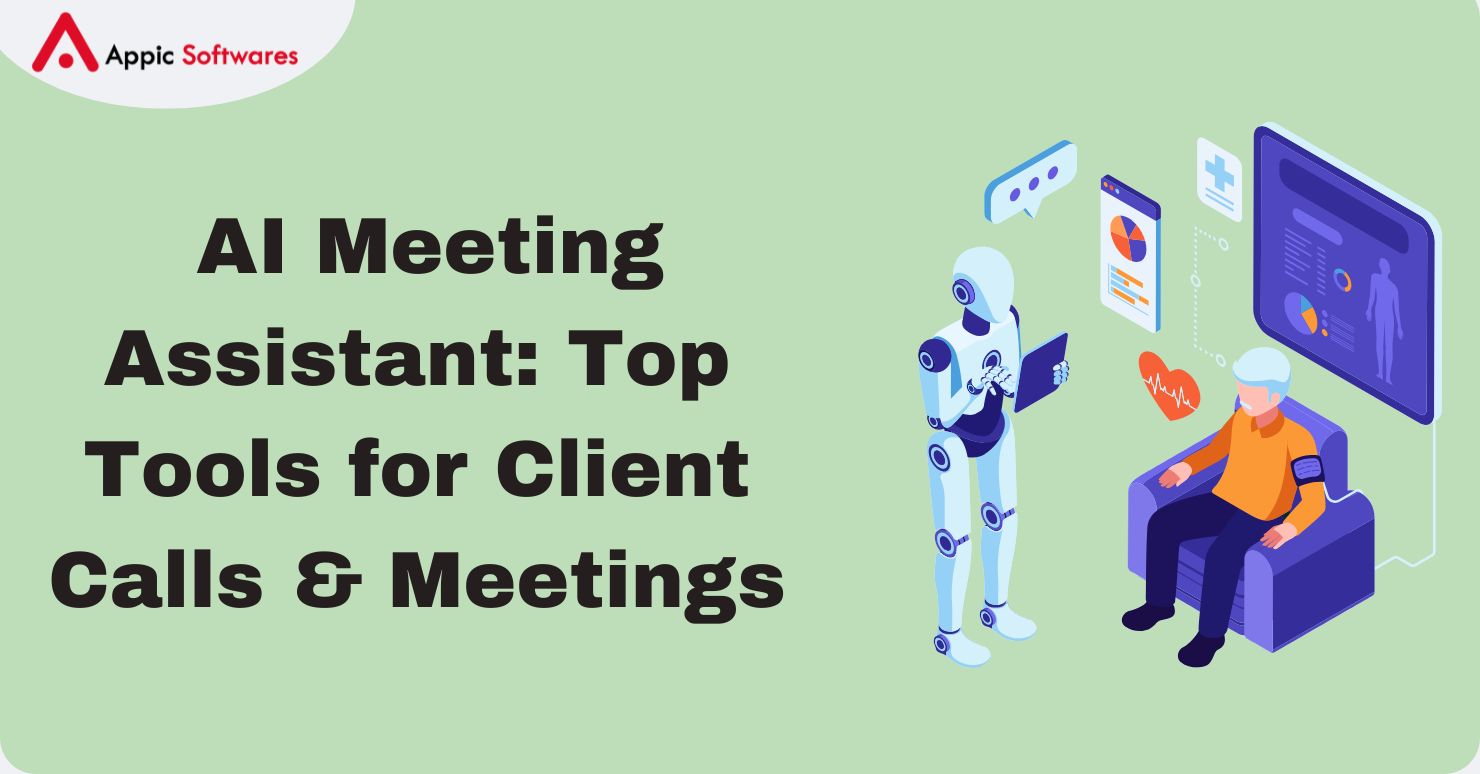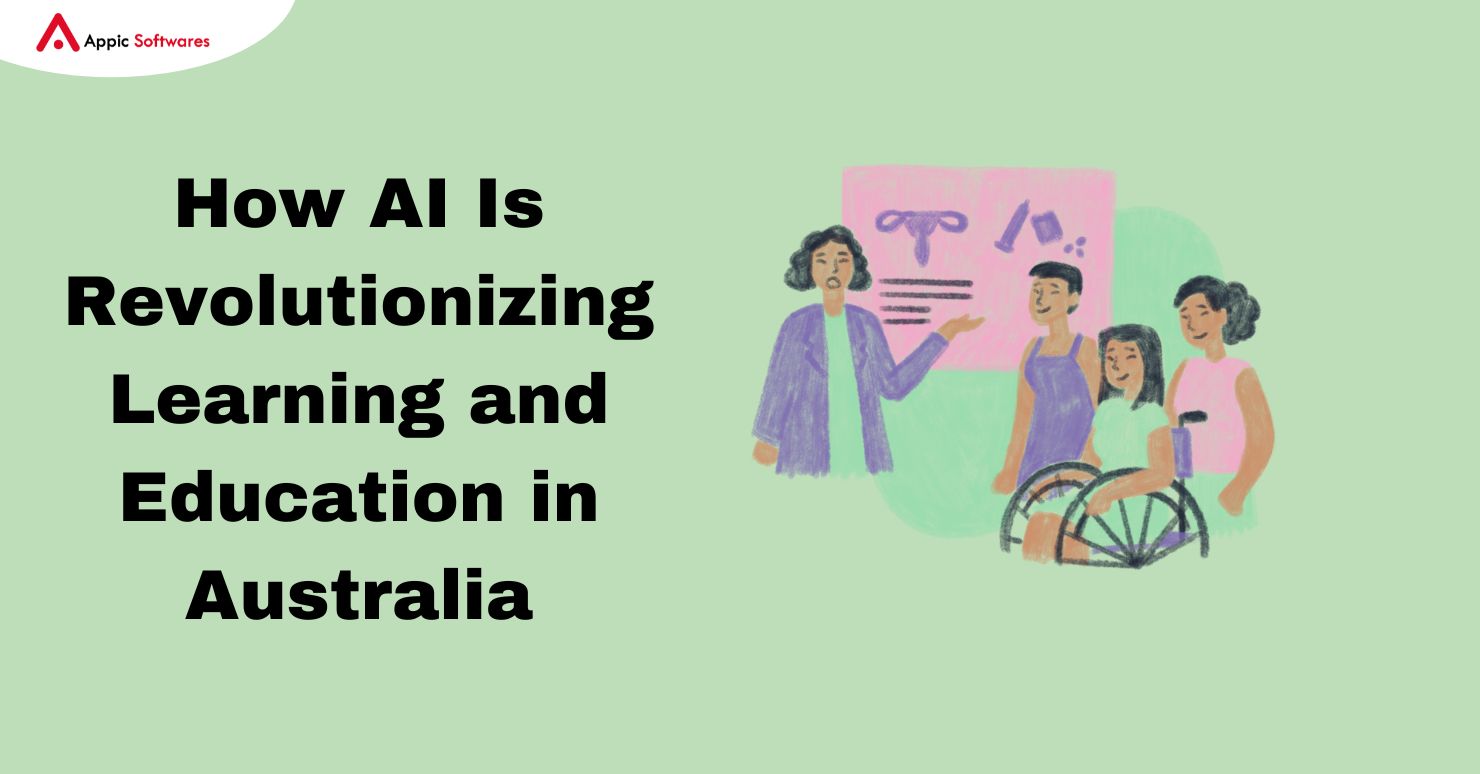
Artificial intelligence (AI) is changing how Australians learn, teach, and organise education. From personalised learning in primary schools to intelligent research tools in universities, AI is reshaping classrooms, assessment, and training. For developers and teams who build AI products, Australia offers clear demand, supportive frameworks, and real-world opportunities — but also strong expectations around safety, privacy, and ethics. This article explains how AI is being used across Australia’s education system, why it matters, the main challenges, and practical guidance for developers who want to build safe, useful AI for learning.
What “AI in education” looks like today in Australia
AI in education is not one single tool. It’s a set of capabilities that include:
-
Adaptive learning systems that personalise content and pacing to each student.
-
Generative AI tools (like large language models) used for drafting text, summarising material, and generating practice questions.
-
Automated marking and feedback that save teacher time on routine grading and give students faster insights.
-
Intelligent tutoring and chatbots that help students practice, ask questions, and revise outside class.
-
Analytics and early-warning systems that flag students who may need extra support.
Across Australian schools and universities these tools are being trialled and, in some cases, officially adopted — with a focus on complementing teachers rather than replacing them. National and state education authorities have been moving fast to create guidance and responsible-use frameworks for generative AI in schools.
Why AI Matters for Learning — The Main Benefits
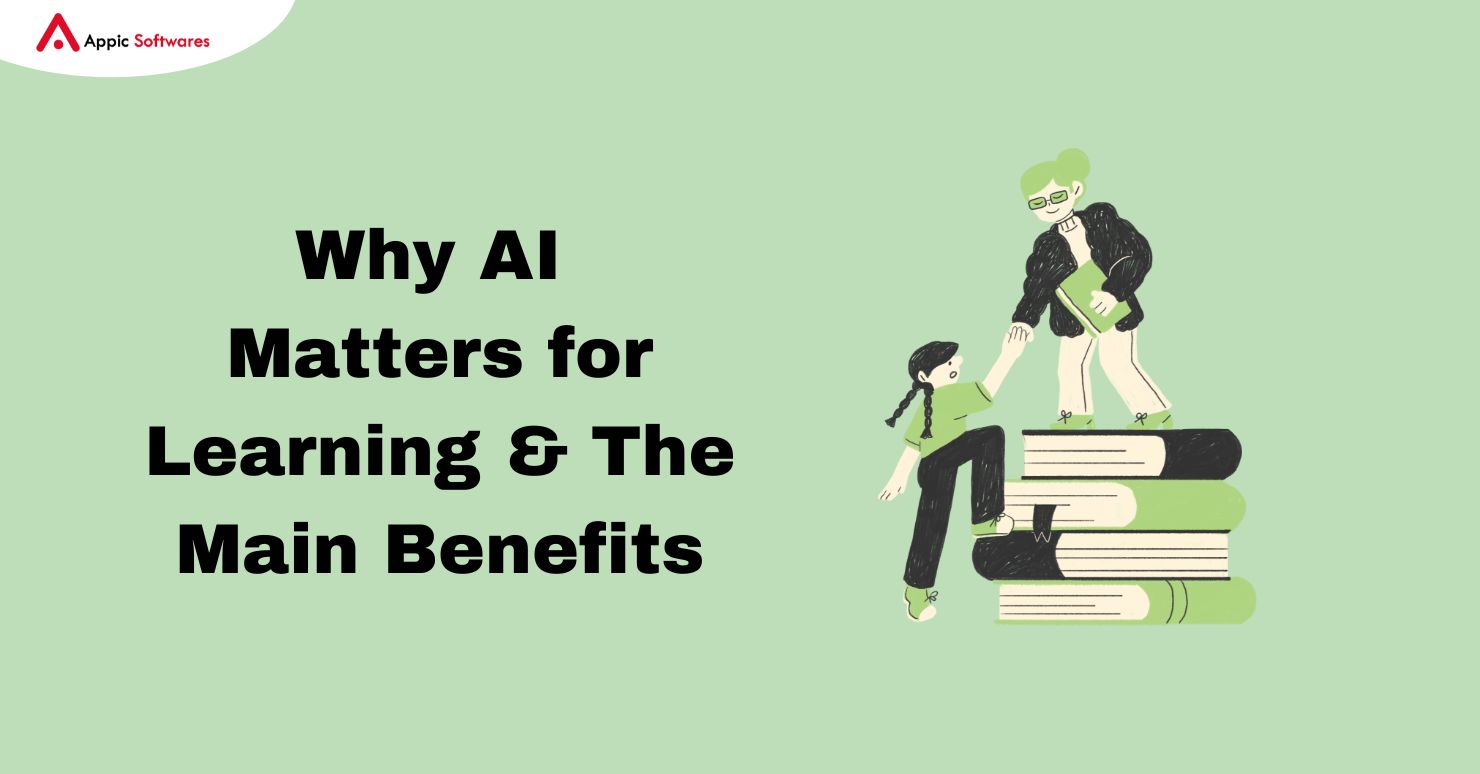
Personalised learning at scale
AI can analyse a student’s progress and adapt lessons, exercises and revision paths. That means students who need more practice get it; students who advance quicker can be stretched — all without dramatically increasing teacher workload.
More timely feedback
AI tools can give instant comments on drafts or quizzes, helping learners iterate faster. Faster feedback keeps students engaged and helps them correct mistakes early.
Teachers freed for higher-value work
By automating routine tasks like marking and administrative reporting, AI gives teachers time for planning, mentoring, and hands-on support — the parts of teaching that most benefit learning.
Democratising access to learning resources
Cloud-based AI tutors, summarisation tools, and translation services can make high-quality materials available to remote or disadvantaged learners across Australia. This is especially important in regional and Indigenous communities where staffing and resources can be scarce.
Supporting research and workforce training
At universities and TAFE institutes, AI speeds up literature reviews, helps create learning analytics dashboards, and supports work-integrated learning. Industry training and reskilling programs can use AI-powered microlearning pathways that adapt to the learner’s prior knowledge. CSIRO and major Australian universities are emphasising this collaborative role of AI in education and research.
Where AI is being used in Australia (concrete examples) 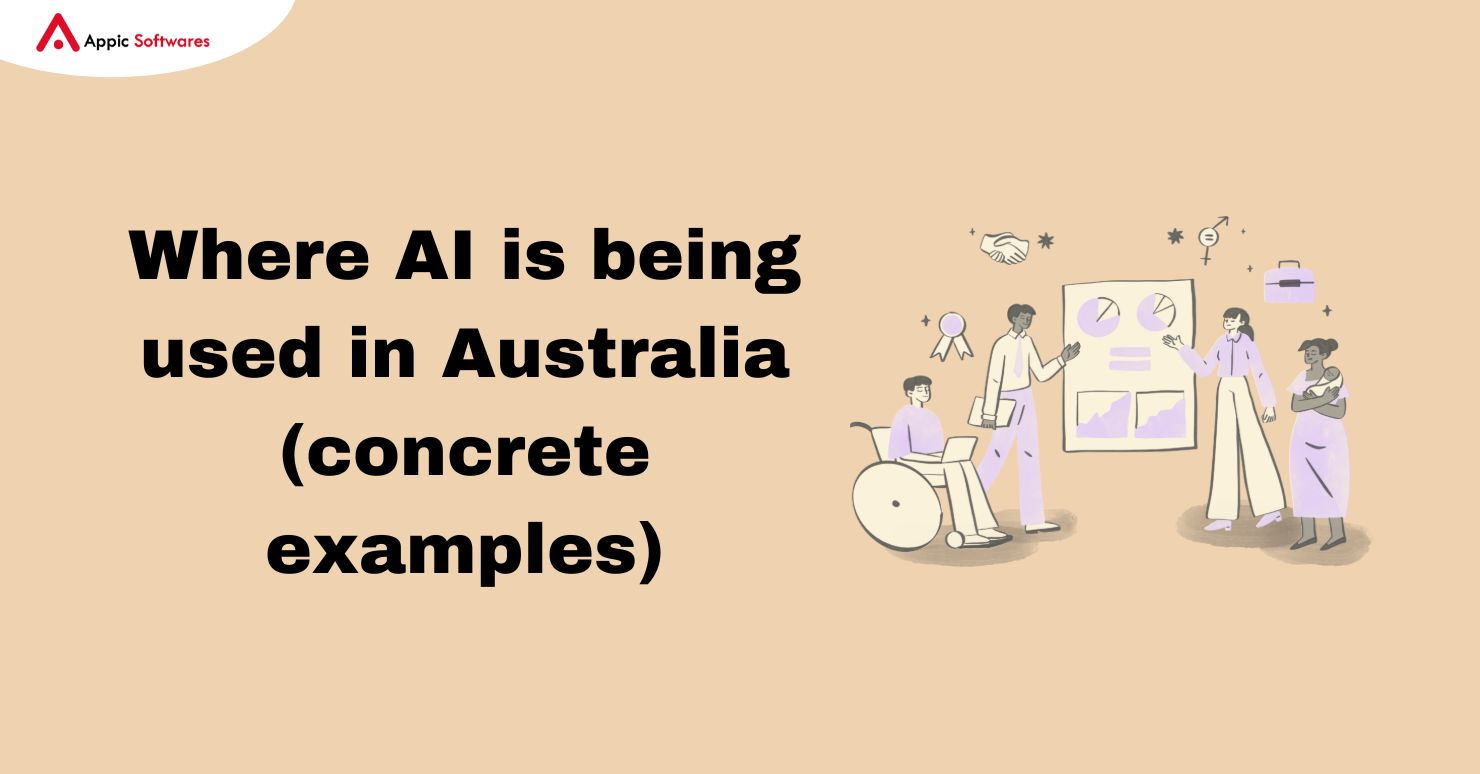
K–12: Curriculum, literacy, and safe classroom use
Australia is embedding AI literacy into the school curriculum while governments provide frameworks for safe use of generative AI tools. Several states have piloted curriculum-aligned chatbots and lesson libraries to teach students about AI’s limits and responsible use. These initiatives emphasise guided use (teachers scaffold how tools are applied) and academic integrity.
Higher education: assessment and research
Universities are using AI for formative feedback, plagiarism detection improvements, and research assistance. Many institutions have working groups and policies about AI in teaching and research, and are retraining staff to design AI-aware assessments. The University of Melbourne and the University of Sydney, among others, have published guidance and hosted symposia on AI-enabled teaching practices.
Vocational education and training (VET)
TAFEs and training providers use AI to personalise competency-based training, automate assessments of workplace evidence, and provide simulated practice environments for skills training.
EdTech startups and market growth
Australia’s EdTech ecosystem is active: many startups are building adaptive platforms, analytics tools, and AI-driven content services. Industry lists and market reports show strong growth and investment interest in Australian EdTech.
Key challenges and risks — what developers must take seriously
Privacy and data security
Student data is extremely sensitive. Laws and school policies require careful handling of personally identifiable information (PII), secure storage, and minimal data sharing. Developers should assume strict privacy scrutiny and design data minimisation and strong encryption into any product.
Bias and fairness
AI models can reproduce or amplify biases in training data. In an education context, biased outputs can unfairly disadvantage particular groups of students. Rigorous testing across demographic groups and transparent performance reporting are essential.
Academic integrity
Generative AI makes it easier for students to produce plausible but unauthorised work. Schools and universities expect tools that support learning — not enable cheating. Developers should provide features that promote learning (e.g., scaffolding, process evidence, teacher dashboards), and design systems that make authorship and assistance clear.
Explainability and teacher trust
Teachers need to trust AI suggestions. Systems that are opaque or produce unexplained recommendations are less likely to be adopted. Build interfaces that show why a suggestion was made and allow teachers to review and override outputs.
Equity of access
Not all students have the same device access or bandwidth. Offline-capable features, low-bandwidth modes, and mobile-first experiences help reduce the digital divide.
Regulation and policy alignment
Australia has active policy work on generative AI in schools; developers must align to national frameworks and state policies. Being proactive about compliance reduces deployment friction.
Practical design principles for AI learning products
If you are building AI for education in Australia, consider these practical principles:
-
Human-in-the-loop (HITL): Always include a teacher or assessor step where important decisions or grades are confirmed by a human.
-
Data minimisation: Collect only what you need. Apply anonymisation and aggregate analytics where possible.
-
Curriculum alignment: Map features to Australian Curriculum outcomes or VET competencies. This makes adoption by schools and training providers easier.
-
Explainability UI: Show confidence scores, short rationales, and source links for generated content so teachers can verify and teach with it.
-
Accessibility: Follow WCAG and ensure interfaces work for diverse learners and devices.
-
Ethical defaults: Build consent prompts, parental controls, and transparent logs showing how AI was used in assessments.
-
Teacher workflows first: Design tools that help teachers save time in the exact places that matter (marking, planning, differentiation). Teacher adoption is the single biggest success factor. ACER and state departments highlight teacher professional learning as key.
Technical stack and integration tips
-
Model choice: For many classroom uses, smaller, fine-tuned models (on curated data) give better control than a generic large model. Consider on-prem or region-hosted models to meet privacy rules.
-
APIs vs local models: Use cloud APIs for rapid prototyping, but be ready to offer private-hosting or federated solutions for education customers who need data residency.
-
Interoperability: Support LTI (Learning Tools Interoperability), xAPI, and common SIS (student information system) connectors so your product plugs into existing school and university systems.
-
Logging and audit trails: Store safe, immutable logs of AI interactions to support academic integrity reviews and explainability.
-
Teacher SDKs: Provide simple teacher-facing APIs or UIs so non-technical staff can configure prompts, rubric mapping, and scaffolding without developer help.
How to pilot and scale in Australian schools and universities
-
Start small with pilot projects. Co-design pilots with a few teachers to iterate quickly. Collect qualitative feedback and learning outcomes, not just engagement stats.
-
Align with policy and procurement cycles. Australian schools and universities often require vendor vetting. Prepare privacy impact assessments and evidence of curriculum alignment.
-
Offer professional development. Provide short training modules for teachers that combine tool use with pedagogy. ACER and state agencies recommend building teacher confidence through targeted PD.
-
Measure learning impact. Track both learning gains and wellbeing/engagement metrics. Use controlled pilots where possible to show effectiveness.
-
Plan for long-term support. Schools value reliable vendors with clear SLAs, maintenance plans, and data retention policies.
Conclusion
AI in Australian education is not about replacing teachers — it’s about amplifying their impact and making learning more personal, timely, and fair. For developers, Australia offers a promising market: active government frameworks, strong university interest, and a growing EdTech ecosystem. Success will come to those who combine technically robust solutions with ethical design, strong privacy protections, clear curriculum alignment, and teacher-centered workflows. If you build with those principles, your AI tools can help Australian learners and educators flourish — and create a model that other countries will want to follow.
Looking to build a powerful, future-ready app?
At Appic Softwares, best AI development company, we specialize in creating innovative, scalable, and user-friendly applications tailored to your business needs. Whether you need a mobile app, web platform, or enterprise solution, our expert team ensures seamless development and faster time-to-market.
Let’s turn your idea into reality with Appic Softwares today! Contact us now.
FAQs
1. How is AI currently being used in Australian education?
AI is used in adaptive learning platforms, automated marking, generative AI tutors, plagiarism detection, and analytics tools. Schools and universities also use AI to provide faster feedback, support teachers, and personalise learning experiences.
2. What are the benefits of AI in education for Australia?
The main benefits include personalised learning, faster feedback for students, reduced teacher workload, improved access to resources in remote areas, and better research and workforce training opportunities.
3. What are the risks of AI in education?
The key risks include privacy and data security concerns, potential bias in AI outputs, academic integrity challenges, equity of access for disadvantaged students, and lack of explainability in AI systems.
4. How is the Australian government regulating AI in schools?
Australia has introduced the Australian Framework for Generative AI in Schools and state-level guidelines. These frameworks ensure AI use in classrooms is safe, ethical, and aligned with curriculum standards.






